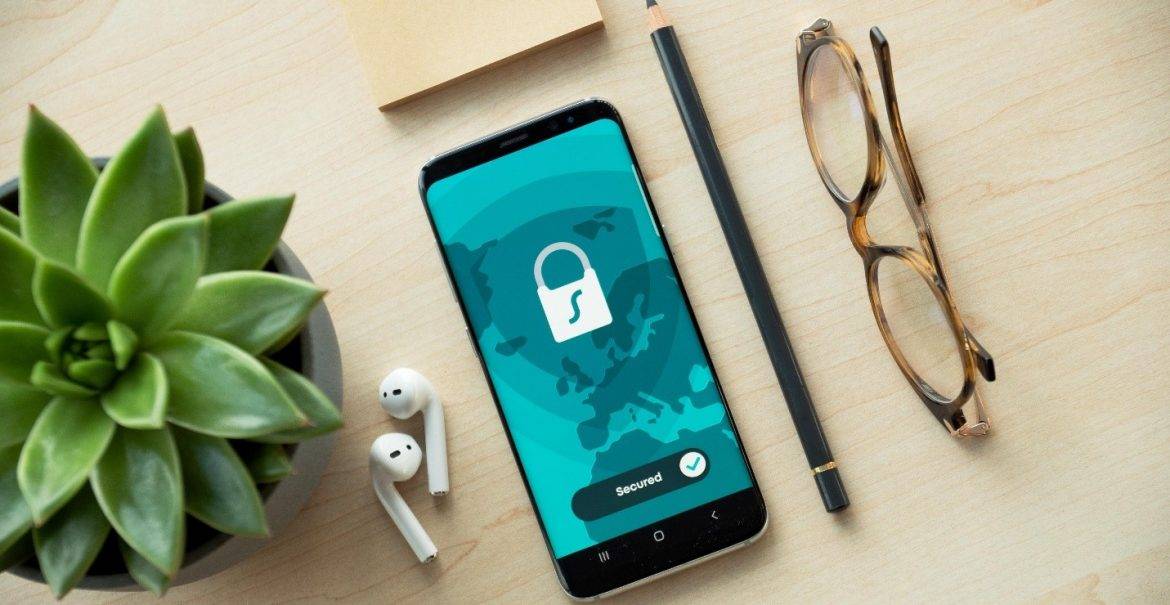how can we use the technology safely?

Today’s world is heavily dependent on mobile technology. Everyone has some form of mobile technology, such as smartphones, laptops, tablets, and others. This has simplified communication and completely transformed the way of finishing our work. It has, however, introduced new security risks especially due to the fact that everyday hacker’s strategies become more complex. The first step in reducing these risks is to understand them: how do they occur, how can they be prevented and how can we use the technology safely?
First, let’s take a look at the main broad recommendations done to reduce hacking risks:
The first step to be done after buying a device (either a laptop, a mobile, a tablet…) is to put a password. Not any password! It should be strong (contains capital letters, small letters, numbers…). This is not enough! The password should be changed regularly. The most important point regarding the password is that it should never be shared with anyone. The second step is the Antivirus. Before downloading any application, a recent version of a well-known antivirus should be installed. Malwares can easily penetrate into the device through application, emails, or links and destroy the hardware. Up-to-date antivirus can prevent this problem. In addition to all of this, the user should be aware of junk applications, where he should do a small research on the application before downloading it and when he suspect a junk application, he should report and avoid downloading it. Many people think that if an application is on app store or play store it will not be a junk application, however this is not true.

Mobile app development
Mobile app development is the manufacturing of application for mobiles. At the end, software programs are obtained. These software are intended to run on devices (smartphones, tablets…). How? There is two methods to have access to these applications: they are either pre-installed on the phone in the manufacture process, or they can be downloaded through web applications when the user wants to. During the mobile app development process, a secure work is a must. To ensure this secure work, all data should be encrypted, any unusual activity should be detected and reported and security applications (like antivirus programs) should be designed. Developers have to take into consideration the difficult competition in the world of mobile application. How can they differentiate themselves? By taking into consideration the hardware they are working to, its requirements, its screen size and its different settings.

Application Security
Application security is to understand the flaws that put the application at risk of insecurity. Mainly, storing data in a wrong way that other app could read, or sending sensitive data without encryption through the internet, may be misused by malicious software on the user’s device or by attackers using same network as the user.
Companies rely mainly on mobile application for them to be present online and to connect with users all over the world. Ensuring the security of their device is a must. How? By assessing the security issues of the applications, the framework with which they are created and the user’s device.
Application security testing is a needed to ensure the safe and effective use of the application and to build trust within the users to install it. It aims to understand how the application works and how it stores, receives or sends data. Also, cyber security researchers use some methods like reverse engineering to find and fix security gaps in the application.

Email Security
Email is one of the most important components in using mobile phones, where the user can’t download applications nor store his data without adding his email. For this reason, the user needs guarantees that all the data he enters will not be shared and all the information will remain private. From here comes the concept of Email Security, which refers to the methods used to prevent unauthorized access to email accounts, content, and communication. In fact, Malware, spam, and viruses are regularly distributed over email. So under the umbrella of Email security, 3 main methods are done to ensure secure emails: Spam detector, where when a spam email is suspected a notification is directly sent to the user, anti-virus that separates spam emails from safe ones and deletes them if needed, and encryption that allow data to be stored safely. Despite the presence of security measures, it is always recommended to ignore emails coming from strange source.
The majority of the time, hackers and harmful parties utilize human errors to gain access to the device and steal the user’s data. The solution is simple: taking a second to think on your behavior will make you safer than before.









































